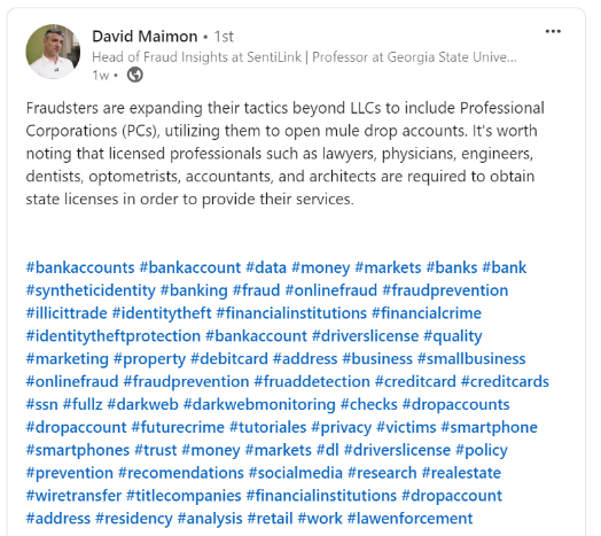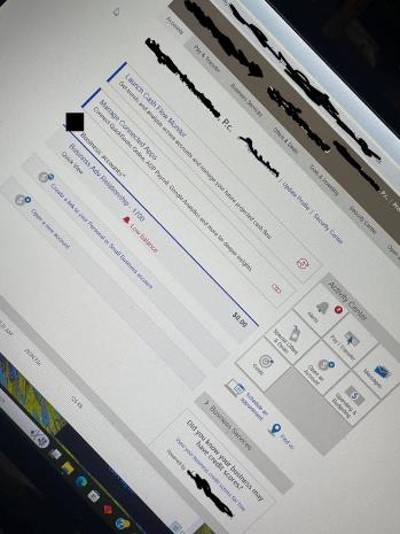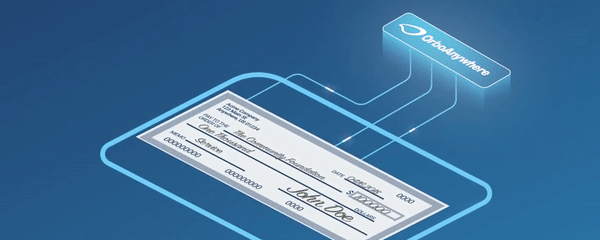Supercharging Positive Pay Systems to Combat Check Fraud
Positive pay is not a new innovation for fighting check fraud. Many financial institutions offer this service through Treasury Management; with the increase in check fraud, many businesses have deployed this solution to mitigate check fraud losses.
As noted in a blog post from our friends at Advanced Fraud Solutions:
Standard Positive Pay: This basic form of Positive Pay service matches the check number, dollar amount, and account number of each check presented against a list provided by the business. It ensures that only checks with matching details are processed.
Some FIs have taken it a step further, mandating that corporate accounts sign up for payee positive pay or take on the liability of check fraud losses.
However, with the increase in mail theft and prevalence of check washing, the industry needed to adapt -- particularly in light of the fact that fraudsters have adjusted their tactics; for instance, registering new businesses with similar names to the payee of the stolen check.


Supercharging Positive Pay Systems
There are several new technologies able to provide positive pay systems with major boosts -- essentially "supercharging" positive systems for FIs and their corporate clients.
Payee Positive Pay: Advancements in optical character recognition and payee matching have revolutionized Positive Pay systems, allowing a comprehensive approach that matches the payee name to payee issue file source, building a strong deterrent to payee alterations.
Field Validation: New technologies enable FIs and their corporate clients to validate additional fields like signature, date, and payor to provide a more robust fraud-detection process.
Consortium Data: Positive pay systems are receiving a boost from consortium data. As noted in a previous article, technology vendors like AFS are able to take the extracted data and compare it to their consortium data to provide extra protection from check fraud.
Dark Web Monitoring: Many stolen checks end up on the dark web or other channels like Telegram. Deploying a dark web monitoring solution scours these channels to detect compromised checks or accounts -- putting FIs in a proactive position as they fight check fraud.

Banks, credit unions, financial institutions, and corporate entities need to do their due diligence to fully assess the capabilities and technologies of fraud systems, while identifying specific alteration, forgery, and counterfeit use cases detected by the system.